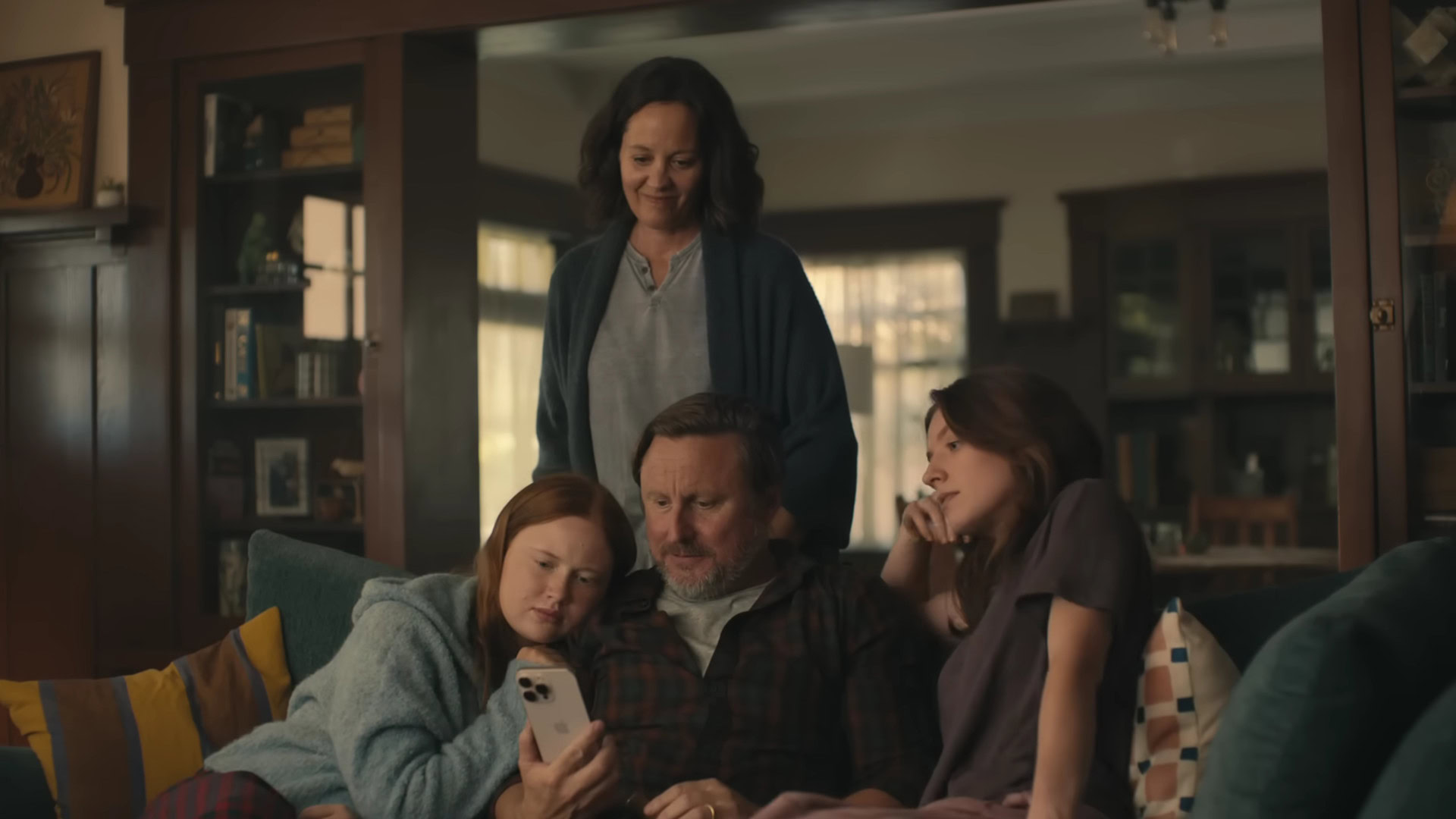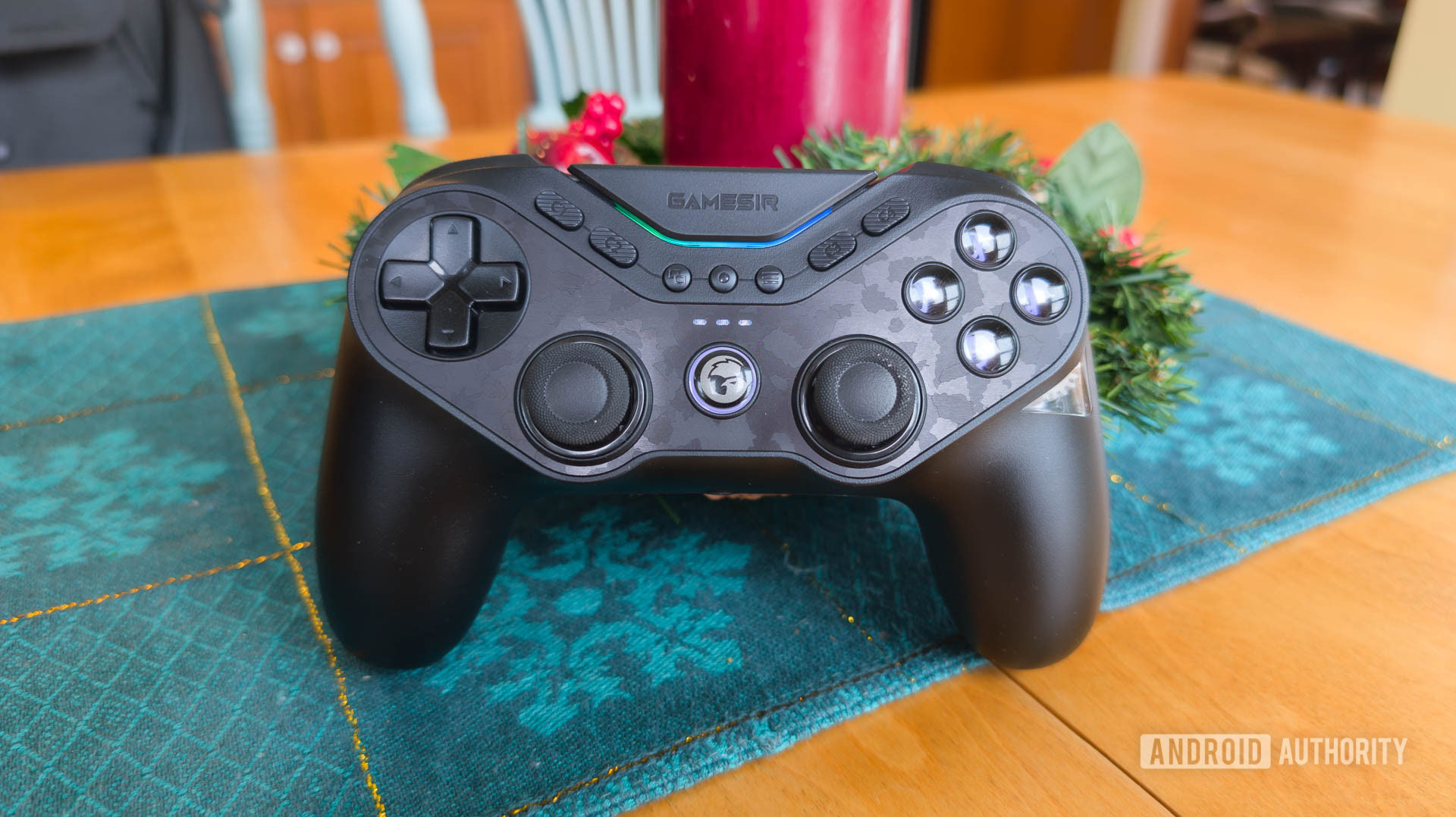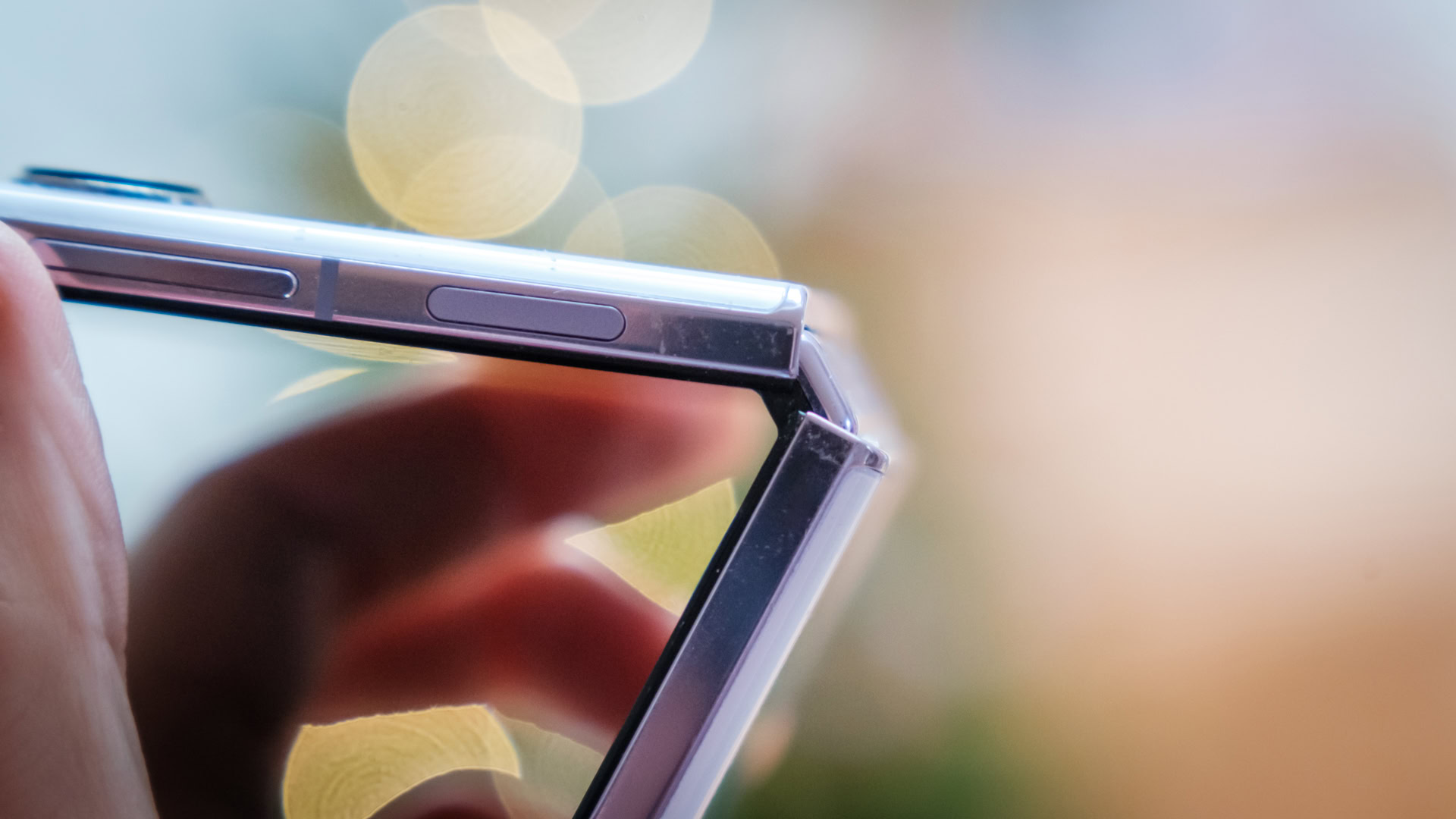Rita El Khoury / Android Authority
TL;DR
- Google recently updated Android to support putting apps into left-right splits.
- This feature supports “portrait foldables,” such as the upcoming Pixel 9 Pro Fold.
- We discovered code that not only suggests this feature is being tested on the Pixel 9 Pro Fold but also reveals the foldable’s screen resolution.
Although the small screens of most Android smartphones aren’t really conducive to multitasking, there are still situations in which you may want to have multiple app windows in view. This is why Google introduced split-screen multitasking in late 2016’s Android 7.0 Nougat.
Android’s split-screen mode lets you put two apps side-by-side, either in a left-right or top-bottom configuration, depending on the orientation. If your phone is in portrait mode, for example, then Android assumes you can only fit two apps in a top-bottom config. That assumption holds for the vast majority of Android smartphones on the market, but it doesn’t work for some foldable phones with a nearly square aspect ratio. Fortunately, Google quietly updated Android’s split-screen mode to allow for putting apps in a left-right split even when the device is in portrait mode, most likely in preparation for the launch of its own Pixel 9 Pro Fold.
With the release of Android 14 QPR2 back in March, Google introduced code to add support for left-right splits on “portrait foldables.” While these patches don’t explicitly say that this feature is intended for the Pixel 9 Pro Fold, it’s quite obvious that this is the case. Nearly every rumor points to the Pixel 9 Pro Fold having a nearly square aspect ratio. Leaked images and renders strongly suggest this to be the case.
What’s more, searching through AOSP for where config_leftRightSplitInPortrait is defined reveals something surprising: A “goldfish” configuration for pixel_fold2 ie. Pixel Fold 2, which is what everyone assumed was going to be the name of Google’s second-generation foldable phone. In Android app development, “goldfish” is one of the targets for which platform developers can compile AOSP builds. Specifically, goldfish builds are intended to run in the Android Studio emulator. Goldfish configurations basically help developers mimic the display settings and system configs of the physical hardware they’re testing apps for, which in this case is the Pixel Fold 2 (which will almost certainly launch as the Pixel 9 Pro Fold).
Given what we know of the Pixel 9 Pro Fold, it’s no surprise that config_leftRightSplitInPortrait will be set to “true” on the device. If it weren’t, then in the phone’s default portrait orientation, users wouldn’t be able to split apps left-right, as demonstrated below.
Another potentially interesting finding from the goldfish config for the Pixel Fold 2 is the display resolution. From the config_display_features value, we can infer that the Pixel 9 Pro Fold’s display resolution will be 2,076 x 2,152 in its default portrait orientation. Because of this, config_leftRightSplitInPortrait needs to be set to true in order for the device to support left-right split-screen multitasking in its portrait orientation.
A left-right split in portrait mode isn’t the only recent improvement Google has made to split-screen mode. In Android 15, the company finally added the ability to save split-screen app pairs to the home screen. And, with the work on revamping Android’s desktop mode, Google has significantly improved freeform app windowing, which is something that greatly benefits larger screen devices like book-style foldables and tablets.
The Pixel 9 Pro Fold is set to be announced at the upcoming Made by Google 2024 hardware event on August 13, so we’ll need to wait and see if Google has any other multitasking improvements up its sleeve.
Got a tip? Talk to us! Email our staff at [email protected]. You can stay anonymous or get credit for the info, it's your choice.








 English (US) ·
English (US) ·